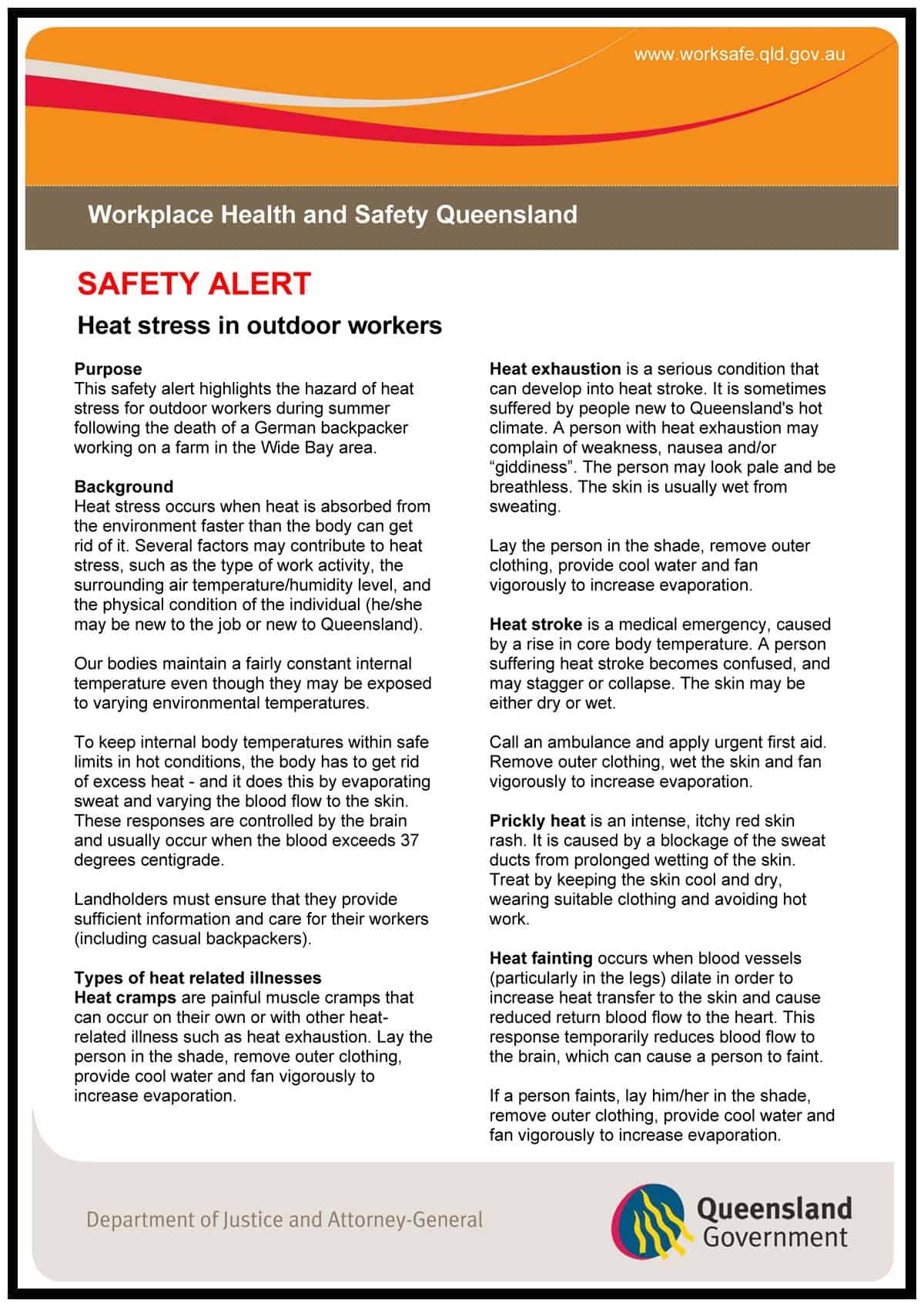Newspapers regularly report of home mechanics being trapped or killed while working under their cars and the jack slips. This type of event is less likely in workplaces because workshops have hoists or pits where work can be undertaken under a fairly stable vehicle. However not all vehicle repair happens in a workshop.
On 26 January 2010 a judge in the Old Bailey in England fined a vehicle maintenance company, Aviance UK Ltd, £90,000 over the death of Mohammed Taj in March 2008 after being crushed under a baggage tug at Heathrow Airport. Continue reading “Inadequate support under a vehicle costs one life and £90,000”





